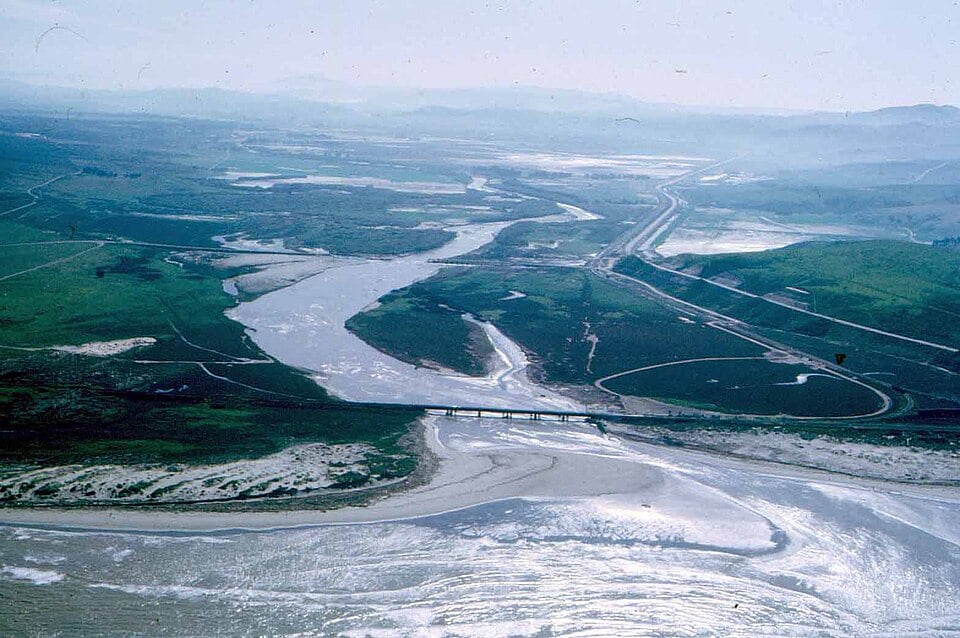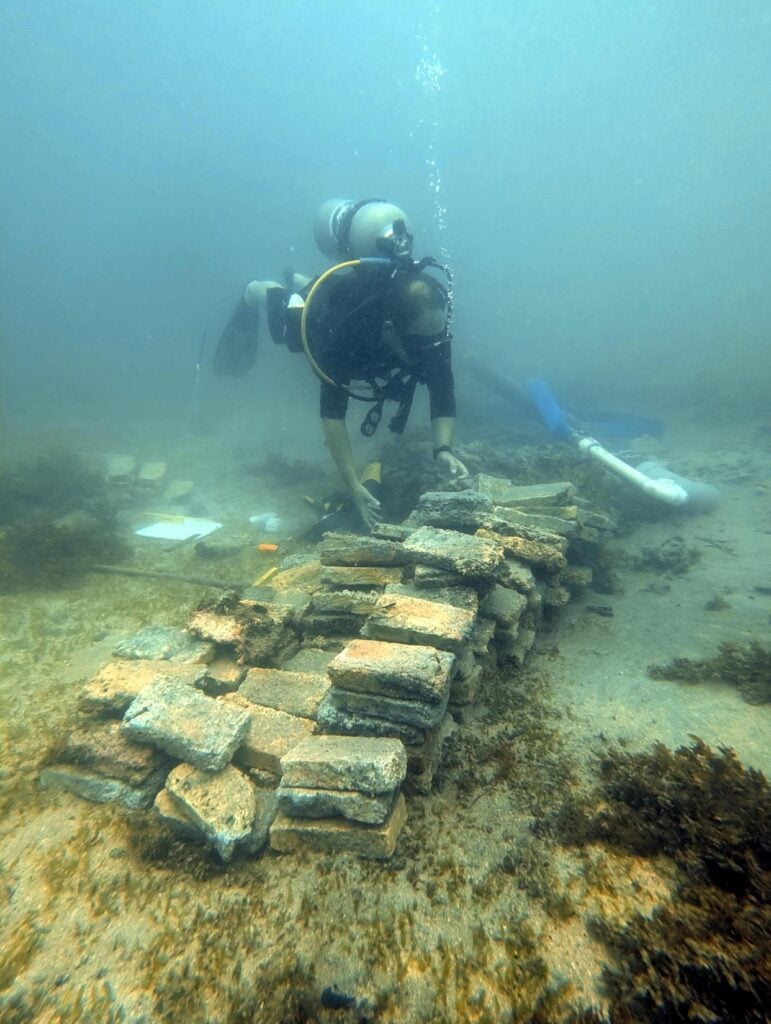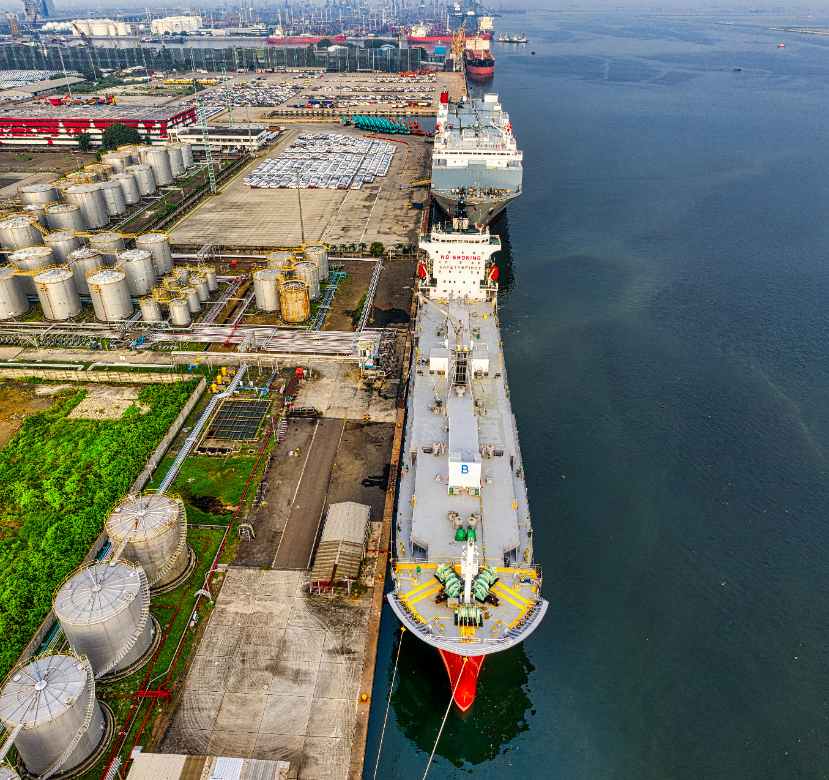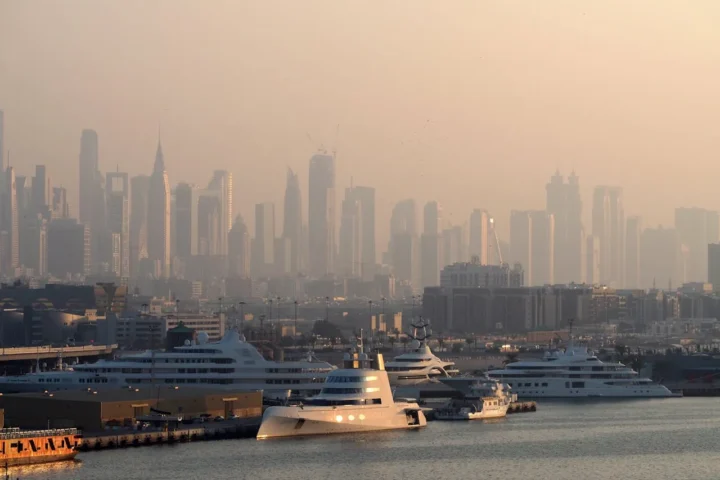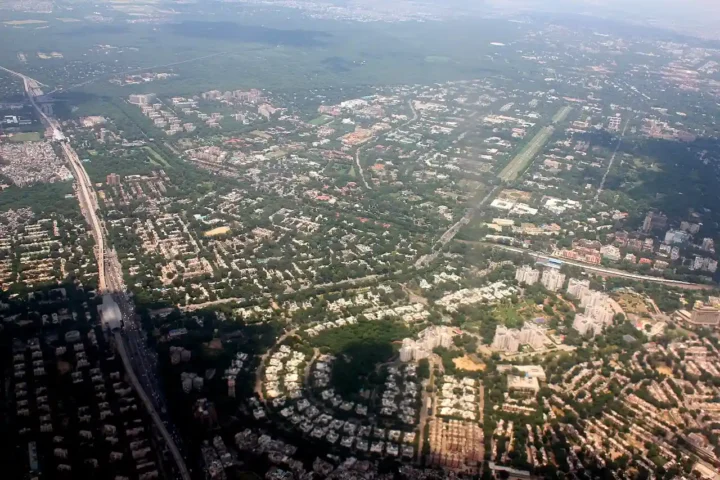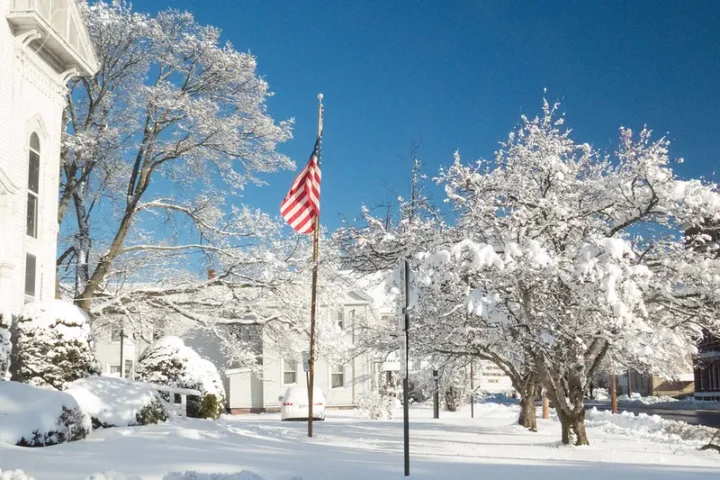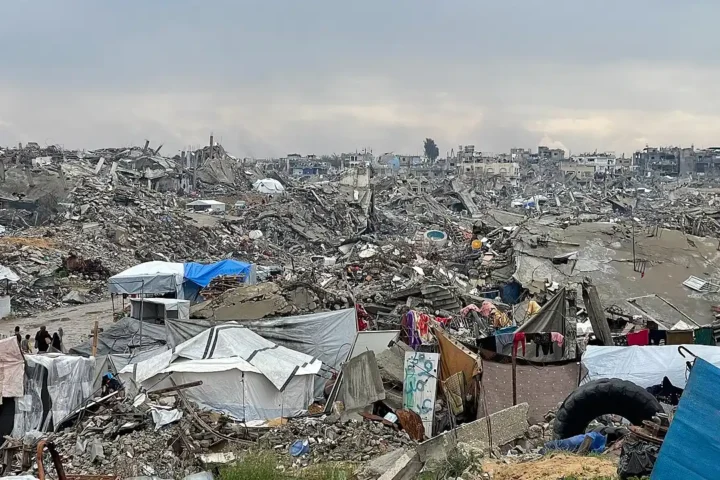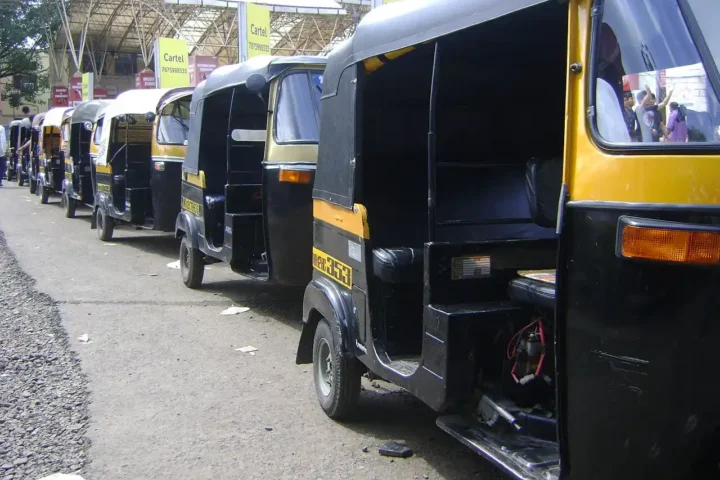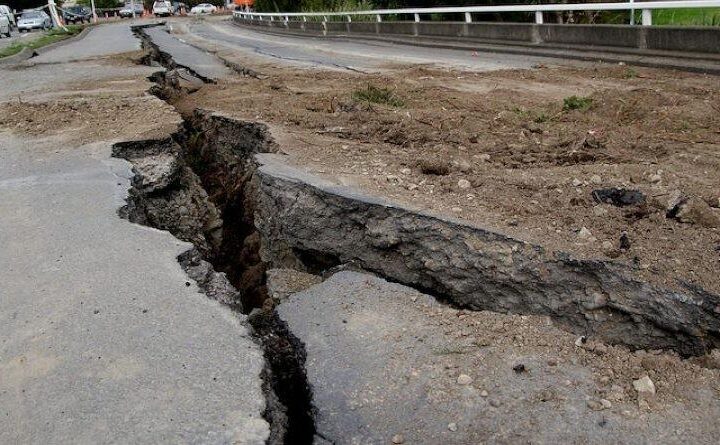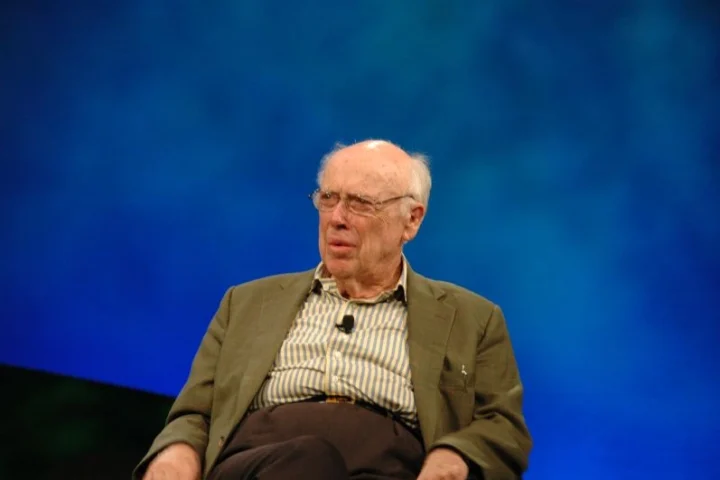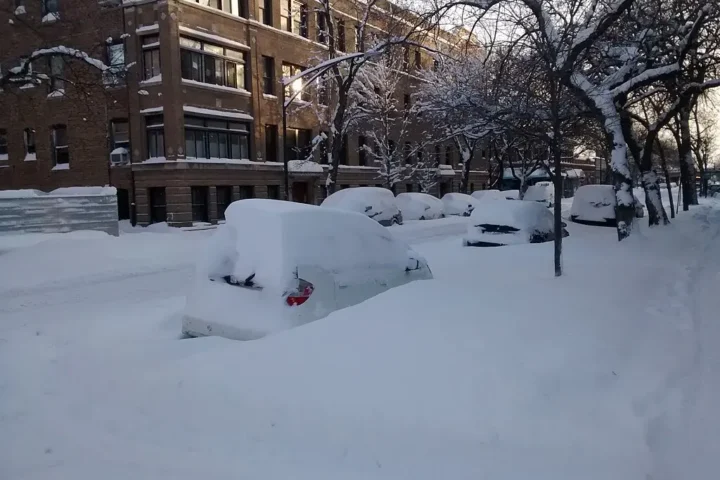The January 2025 Pacific Palisades wildfire exposed a critical gap in our urban water infrastructure—a gap measured in millions of empty gallons. When flames tore through the canyons, firefighters discovered the 117 million-gallon Santa Ynez Reservoir sat bone dry, drained since January 2024 for essential repairs that never materialized in time.
A 100-foot tear in the reservoir’s floating cover had triggered the shutdown, but what followed was a cascade of delays. The repair contract wasn’t awarded until November 2024—nine months after discovery—due to competitive-bidding requirements mandated by the City Charter. Between February and April 2025, engineers discovered additional pinhole leaks during a partial refill attempt, forcing another drawdown and pushing restoration to mid-June 2025.
“The competitive-bidding process is mandatory,” maintained LADWP in their news releases, but critics questioned why emergency-procurement exemptions weren’t employed for such critical infrastructure.
Fighting Fires Without Water
When the Palisades Fire ignited on January 7, 2025, firefighters faced a nightmare scenario. Many hillside hydrants registered dangerously low pressure as crews advanced, severely hampering containment efforts.
The Los Angeles Fire Department was forced to rely on water-shuttling tanker trucks from distant storage facilities, losing precious minutes as hundreds of structures burned. This emergency response revealed fundamental vulnerabilities in urban water infrastructure, designed for structural fires but overwhelmed by fast-moving wildfires—a vulnerability highlighted by former LADWP chief engineer Martin Adams and UCLA hydrology expert Gregory Pierce.
Martin Adams, former LADWP Chief Engineer, noted that Santa Ynez was specifically designed after the 1961 Bel Air fire to serve as a high-elevation buffer, and its empty state “completely disrupted” expected fire-flow performance.
A Backup That Never Materialized
Plans to use the older, retired Pacific Palisades Reservoir as a temporary substitute while Santa Ynez underwent repairs fell through. Crews had spent days cleaning the facility in June 2024, planning disinfection and new piping, but LADWP spokesperson Ellen Cheng later explained that “safety issues around the older reservoir posed unacceptable risks.”
Following the disaster, accountability came swiftly. Governor Newsom directed the California Department of Public Works and LADWP to cooperate with a state investigation on January 10, 2025. Homeowners and insurers filed negligence lawsuits against LADWP, while the Utility Workers Union Local 132 called for an independent audit of capital-project management.
Climate Change and Aging Infrastructure
This incident throws into sharp relief the growing challenges of managing water resources in a warming climate. California’s increasingly hot, dry cycles have intensified wildfire patterns while simultaneously straining water supplies—eight in ten Californians now consider climate change a top threat to water security.
Many of LADWP’s reservoirs, including the 9.2-acre Santa Ynez facility, were built decades ago. The Santa Ynez Reservoir dam permit was approved in 1965, and its floating-cover project was completed in 2012, but questions about maintenance schedules and cover-lifespan monitoring have emerged following the disaster.
Moving Toward Resilience
Water experts are calling for fundamental shifts in how we manage these critical resources. Gregory Pierce from UCLA’s Luskin Center for Innovation leads a new water-supply and wildfire policy network, advocating for decentralized solutions.
“Gravity-fed hilltop reservoirs are insufficient for sustained wildfire suppression,” Pierce warns, recommending near-urban “micro-reservoirs” and redundant pumping systems to create more resilient water networks.
Los Angeles has begun expanding alternative water sources—approving one of California’s largest recycled-water initiatives in October 2024. Meanwhile, Orange County’s advanced aquifer-recharge system demonstrates how subsurface storage can buffer both drought and fire emergencies.
The Santa Ynez crisis reveals a troubling mismatch between procedural requirements and emergency preparedness in a fire-prone region. As communities rebuild, the lessons are clear: water infrastructure demands both routine vigilance and emergency flexibility, particularly as climate change transforms the landscape and heightens risks for communities throughout California.
